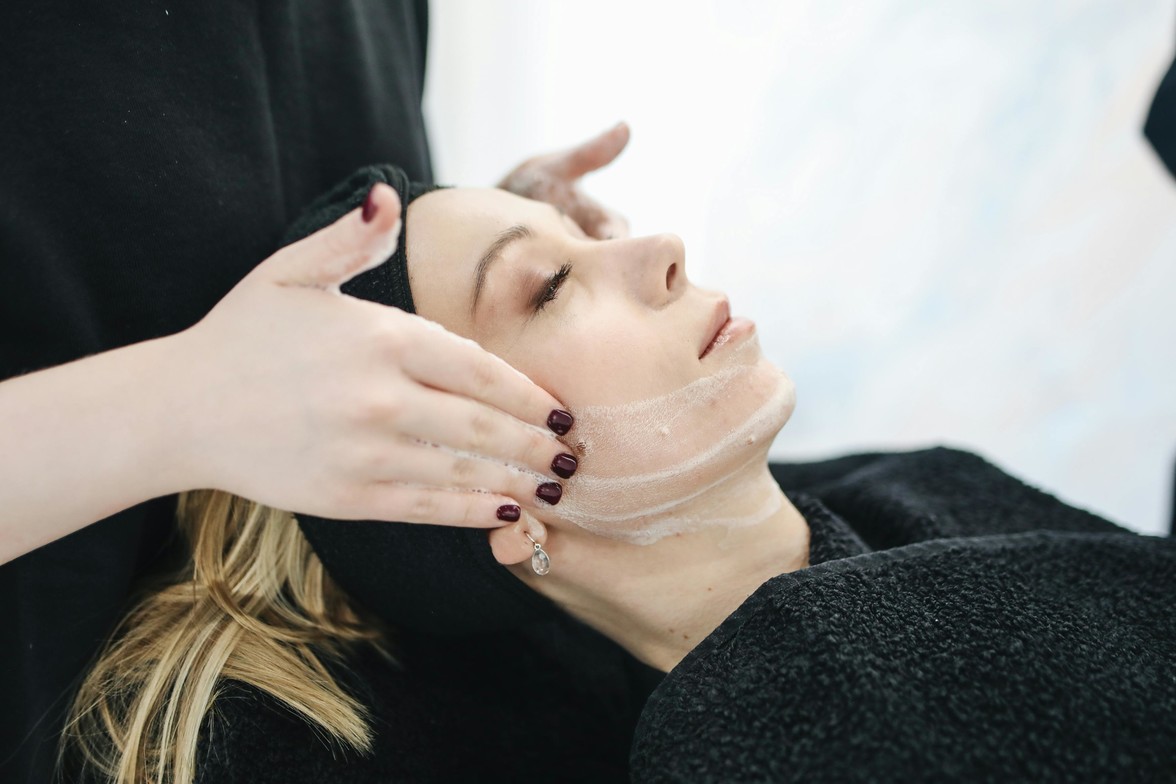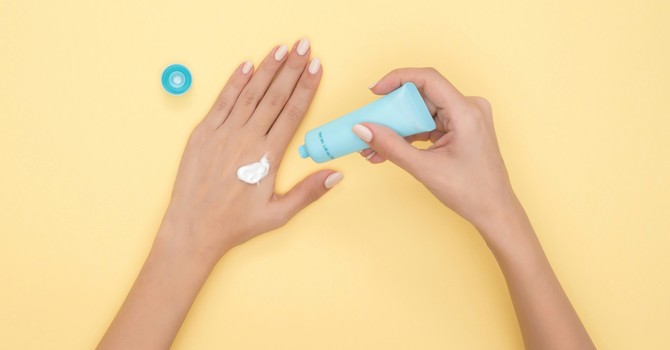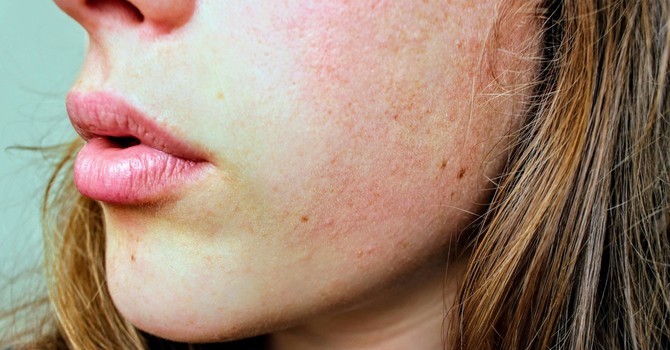
The public is expressing concern over the recent revelation about a health issue called “pillow face.”
On TikTok and various social media platforms, aestheticians and doctors have highlighted the negative effects some patients, including celebrities and public figures, have experienced from cosmetic procedures.
This has led to accusations of procedures gone wrong and sparked widespread discussions about the associated risks.
What is ‘Pillow Face’?
Described in various online posts, “pillow face,” or facial overfilled syndrome (FOS) in medical terms, refers to puffy facial features characterized by unnaturally large lips and cheeks.
It is also believed that this condition is a result of too much or over-injecting facial fillers. As a result, it causes a person to lose their face’s natural contour, leaving it looking swollen and with extremely overblown features, hence the name “pillow.”
Meanwhile, a viral TikTok post explained why this beauty phenomenon is occurring. Aesthetician Jayme B uses well-known personalities and Hollywood stars as examples, explaining that the fillers injected into the face “do not simply dissolve or metabolize over time.”
This contradicts the common belief that fillers dissolve within a few months or years, depending on the individual.
Instead, these foreign substances tend to “migrate or spread to other areas of the face, leading to continued tissue expansion.”
Echoing the same stance, board-certified plastic surgeon Ari Hoschander explained to Newsweek the different factors that cause filler to migrate to other areas of the face, making it look swollen.
"It can be a cause of the injection technique. If the filler is injected too quickly with too much pressure or too close to the surface of the skin, it can migrate. If the patient's skin is too thin, the filler could also migrate as well,” Hoschander said.
How to Avoid Having ‘Pillow Face

Amid the shocking revelation in the beauty industry, “pillow face” is something that a person can avoid.
The unfortunate transformation can be prevented through several approaches, including seeking guidance from medical professionals or experts regarding procedures like fillers and Botox.
Another tip is to adopt a conservative approach, which involves only undertaking necessary procedures and consistently scheduling follow-ups to monitor results and assess whether additional fillers are required.
If you decide to undergo the procedure, be sure to follow the post-treatment instructions provided by your doctor.
One important consideration for individuals is to avoid making exaggerated facial expressions and applying excessive pressure to the treated area.
Lastly, be open to other alternatives, such as non-surgical treatments.
Other than fillers, some beauty clinics also offer non-invasive skin lifting and tightening of the face.
The content in this blog is for informational purposes only and is not a substitute for professional medical advice, diagnosis, or treatment. Always consult your doctor or a qualified healthcare provider before trying new healthcare protocols.



